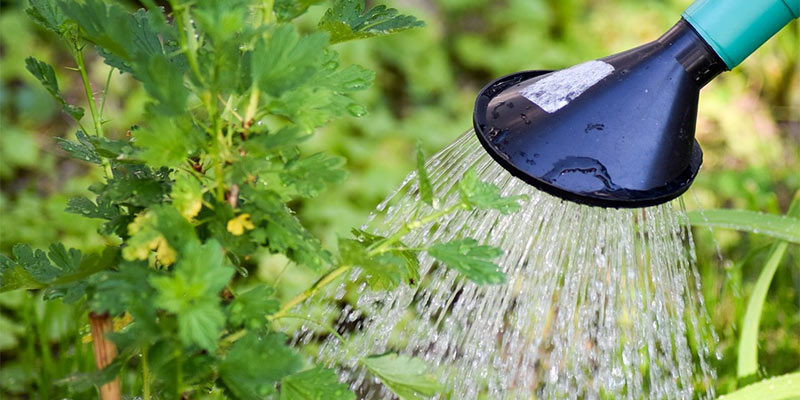
As the mercury rises and the weather starts being a bit more pleasant, many of us feel the urge to channel our inner Monty Don and start tending our garden a bit more. Whether your garden is a balcony with a few pots, or several acres in Herefordshire, plants generally follow the same rules and if you get them right you will have plenty of success!
1. Soil
Paying attention to the quality of your soil will reap plenty of rewards as your plants bloom reliably year after year after year. Some plants need lots of nutrients in their soil and will need top-dressing with compost, manure or bark chippings annually. Others, such as thrift and some alpines, prefer thin, well-drained sandy soils – if your soil isn’t poor enough you can dig in some sharp sand to improve the drainage. Yet others like their roots to be nice and wet and thrive in damp, clay although mulching is recommended, especially in the summer so they don’t dry out.
2. Water
All plants need water. Some can cope with drought and don’t need any extra water than rainfall provides whilst others will benefit from a daily shower. The best time to water is early morning or in the evening. Don’t water your plants when it is very hot and sunny as it will just evaporate off and could scorch their leaves. Containers and hanging baskets are especially prone to drying out and in very hot weather might benefit from watering twice daily. It is also possible to fit irrigation systems that deliver a steady flow of water directly into the soil when turned on.
3. Feeding
Flowering and fruiting plants need weekly feeds throughout the growing season to provide them with the nutrients they need for growth. Instead of mixing up a liquid feed it is also possible to sprinkle slow release pellets onto the soil or to mix them into the compost when planting containers.
If the soil is very dry or compacted it will need watering, and possibly light cultivation, before the feed is applied to ensure that it soaks in to where the roots are. Try to avoid getting fertiliser on the plant itself as it can damage leaves.
Ornamental trees and shrubs rarely need concentrated feeds but might benefit from a mulch in the autumn.
4. Weeding
As well as growing the plants you do want, you need to remove the plants you don’t. Many weeds are very vigorous and will quickly establish themselves in place of the plants you’ve spent so long nurturing. A good tip is to combine a quick look for weeds with your daily watering routine and pull out any that seem to be popping up before they have a chance to mature.
A mulch of bark on a weed-proof membrane can help suppress weeds in the short-term but as it rots it down it will create the ideal conditions for weeds to seed into. A longer term solution is to use slate or gravel on top of the membrane.
5. Final Size
Make sure you read the label when buying new plants to ensure you have space for them. Always remember that oak trees start out from acorns! Some plants can be constrained by planting into a bucket (which can then be sunk into the ground if you want the plant to be part of a bed).
When choosing where to plant your new purchase bear in mind that nearby plants will also grow so a spot that seems to be in full sun this year may become shady next. Tender plants will not be able to cope if planted too close to vigorous growers and will simply become swamped and die or grow unevenly.
Some plants will try to grow towards the light if they are shielded from the sun for part of the day. This might not harm them but could make them an unattractive and uneven shape.
Once you’ve taken all this into account, you should be able to check out the different places to buy plants and execute the perfect summer garden!
